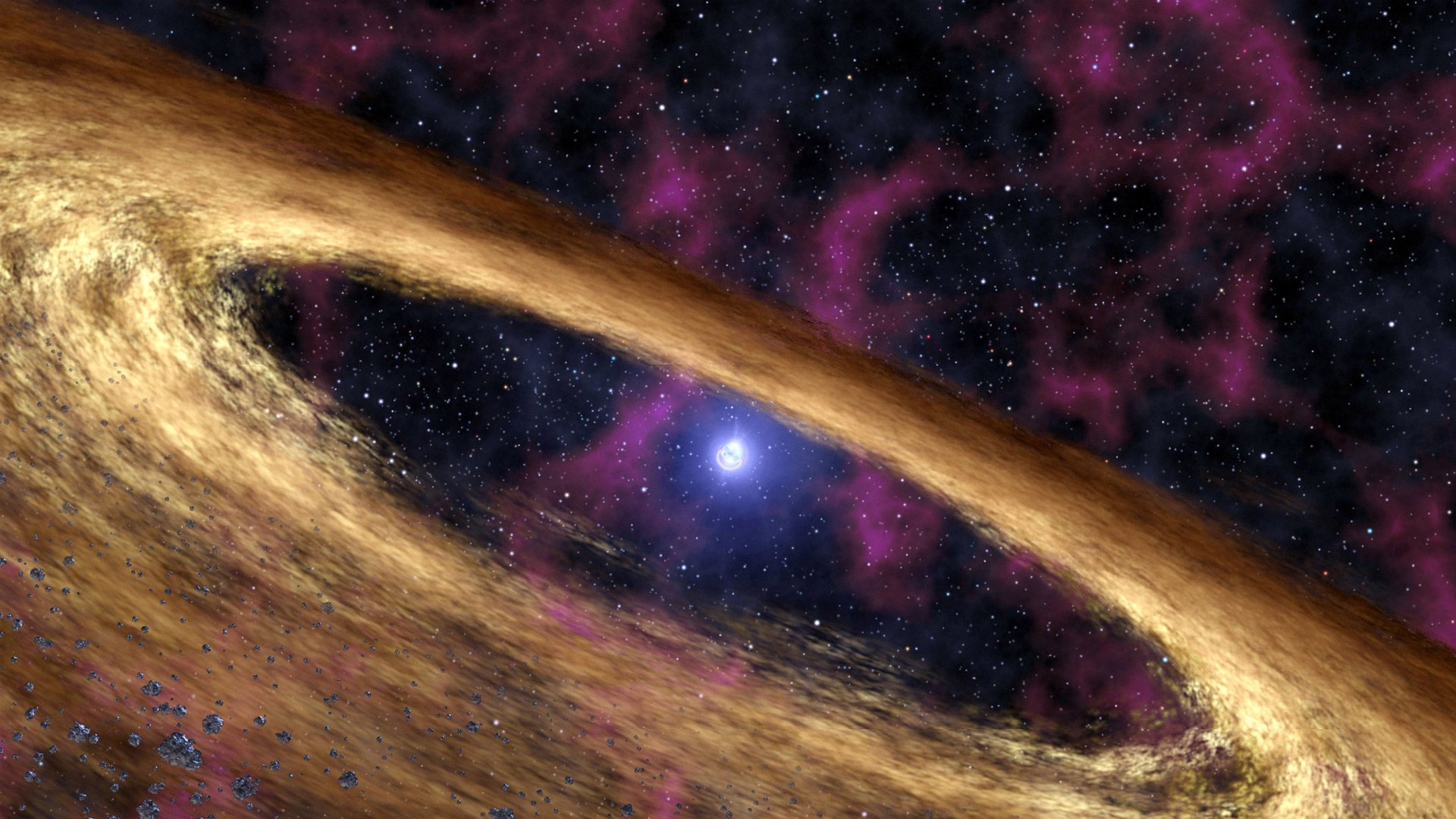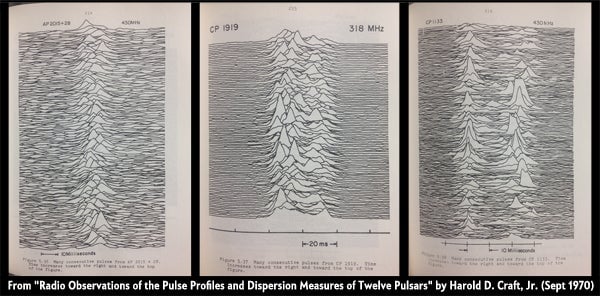Joy Division’s iconic album cover is actually based on a student’s chart from the 1970s
There aren’t many album covers that are as immediately recognizable as Joy Division’s Unknown Pleasures. It’s a minimalistic cover—black and white and somewhere between a seismogram and a topographical map. It has adorned posters, t-shirts, tattoos, and parodies around the world since its release in 1979. It’s even been 3D-printed. But the artwork behind the album had a very humble beginning: It was actually inspired by the work of a PhD student at Cornell University in 1970, Scientific American’s Jen Christiansen discovered.


There aren’t many album covers that are as immediately recognizable as Joy Division’s Unknown Pleasures. It’s a minimalistic cover—black and white and somewhere between a seismogram and a topographical map. It has adorned posters, t-shirts, tattoos, and parodies around the world since its release in 1979. It’s even been 3D-printed. But the artwork behind the album had a very humble beginning: It was actually inspired by the work of a PhD student at Cornell University in 1970, Scientific American’s Jen Christiansen discovered.
Christiansen had seen that the cover was inspired by a visualization of the first pulsar—a star that emits electromagnetic waves—but the original source of that particular visualization was heretofore unknown. She managed to sift through multiple versions of the famous image printed in the 1970s that did not credit the original source, until she found one that had enough information to go off. It mentioned a “computer-generated” graph from the Arecibo Observatory in Puerto Rico (the observatory, you may remember, was a filming location for GoldenEye and Contact). She was able to link that to a group of doctoral students at Cornell studying pulsars, specifically the thesis of Harold Craft, entitled, “Radio observations of the pulse profiles and dispersion measures of twelve pulsars.” Craft’s computer-generated images of the pulsars also happen to be some of the earliest examples of digital data visualization, something that Quartz readers no doubt appreciate.

And there, 36 years after drummer Stephen Morris chose the image for Joy Division’s debut album cover, its creator was revealed, a universe away from the streets of Thatcherite Manchester.
Remind yourself of the record behind the cover below.